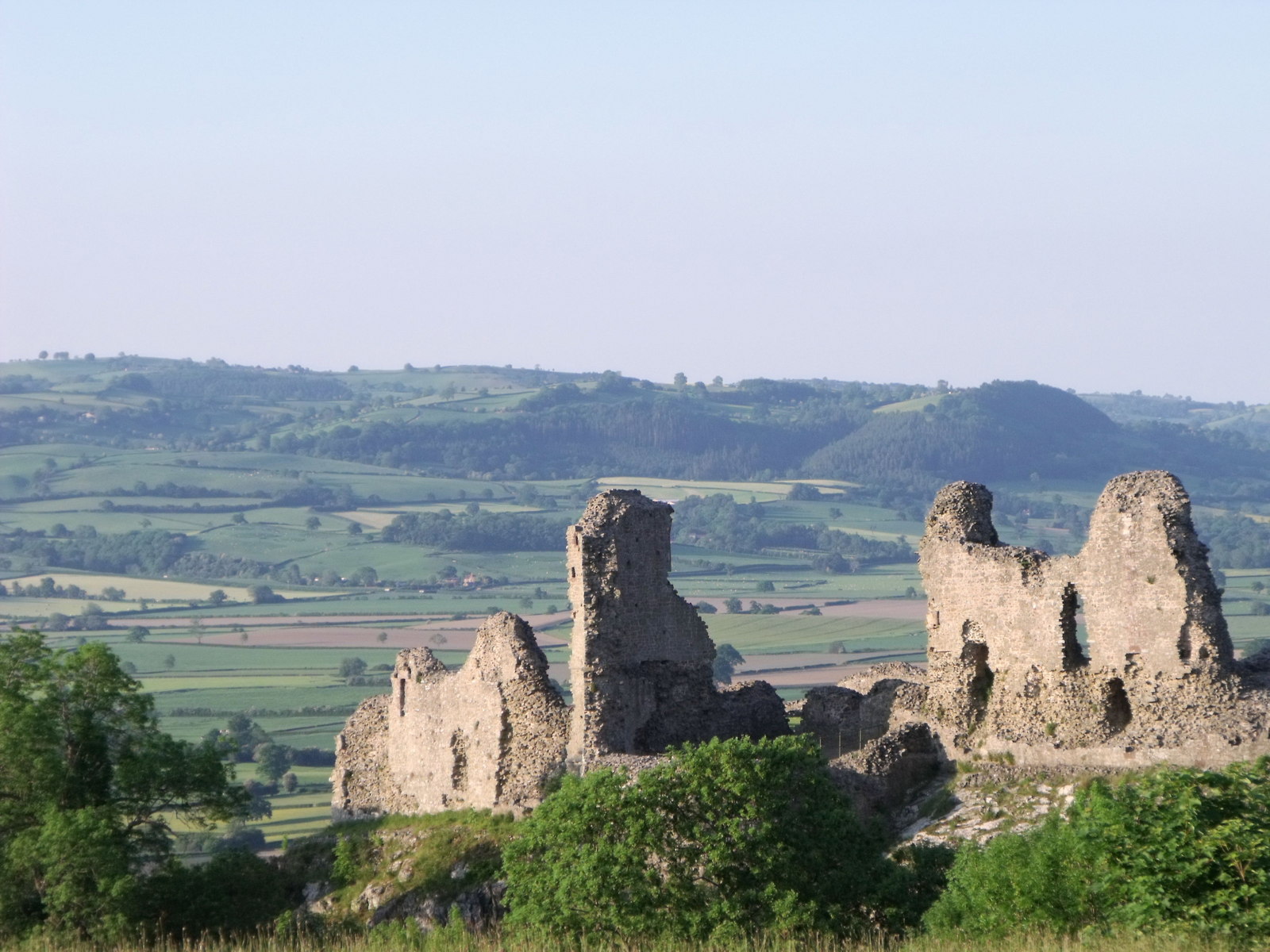Abbey Cwmhir
Community in Radnorshire
Wales
Abbey Cwmhir

Abbey Cwmhir is a small community located in the historic county of Radnorshire, Wales. It is situated in the heart of the beautiful Cambrian Mountains, offering stunning views and a serene atmosphere. The community is named after the Cistercian Abbey that was founded here in 1143.
Abbey Cwmhir is known for its rich history and cultural heritage. The remains of the abbey are a major attraction, providing visitors with a glimpse into the past. The community has a strong connection to the medieval period, as evidenced by the nearby ruins of Cwmhir Abbey and the imposing Tower House, which was built in the 17th century.
Nature enthusiasts will find plenty to explore in Abbey Cwmhir. The surrounding countryside is a haven for hikers and walkers, with numerous trails and paths that lead to breathtaking vistas. The community is also home to a variety of wildlife, including red kites, otters, and peregrine falcons.
In terms of amenities, Abbey Cwmhir offers a peaceful and idyllic rural lifestyle. There are a few local shops and a pub that serves delicious traditional Welsh food. The community also hosts various events throughout the year, including a summer fair and a Christmas market.
Overall, Abbey Cwmhir is a charming and picturesque community that attracts visitors with its historical landmarks, natural beauty, and peaceful ambiance. It is a hidden gem in the heart of Wales, offering a glimpse into the country's rich past and providing a tranquil escape from the hustle and bustle of modern life.
If you have any feedback on the listing, please let us know in the comments section below.
Abbey Cwmhir Images
Images are sourced within 2km of 52.328368/-3.370157 or Grid Reference SO0670. Thanks to Geograph Open Source API. All images are credited.







Abbey Cwmhir is located at Grid Ref: SO0670 (Lat: 52.328368, Lng: -3.370157)
Unitary Authority: Powys
Police Authority: Dyfed Powys
Also known as: Abaty Cwm-hir
What 3 Words
///adopt.lecturing.swerving. Near Penybont, Powys
Nearby Locations
Related Wikis
Abbeycwmhir
Abbeycwmhir or Abbey Cwmhir (Welsh: Abaty Cwm Hir, "Abbey in the Long Valley") is a village and community in the valley of the Nant Clywedog in Radnorshire...
Cwmhir Abbey
Cwmhir Abbey (Welsh: Abaty Cwm Hir), near Llandrindod Wells in Powys, is a Welsh Cistercian monastery founded in 1176 by Cadwallon ap Madog. A spurious...
Abbey Cwmhir Hall
Abbey-Cwm-Hir Hall is a neo-Elizabethan country house in the Welsh county of Powys. == History == The hall was built in 1833 for Thomas Wilson, a London...
Rhwng Gwy a Hafren
Rhwng Gwy a Hafren (English: Between Wye and Severn) was a region of medieval Wales, located in the Welsh Marches between Powys to the north and Brycheiniog...
Buddugre Castle
Buddugre Castle (sometimes referred to as Tomen Bedd-Ugre, Castell Cwm Aran, Tomen Bedd Turc and Bedd-y-gre) was a motte and bailey defensive fortification...
St Anno's Church, Llananno
The Church of St Anno in Llananno, Powys, Wales, is a redundant church dating from the 14th century. Its medieval rood screen is considered "one of the...
Powys
Powys ( POH-iss, POW-iss, Welsh: [ˈpou̯ɪs]) is a county and preserved county in Wales. It borders Gwynedd, Denbighshire, and Wrexham to the north; the...
Llanbister
Llanbister is a small village and community with a 2011 population of 382 in Powys, mid Wales, in the historic county of Radnorshire. == Facilities... ==
Related Videos
Abbeycwmhir drone survey
See https://abbeycwmhir.org for details of the entire project which is led by the Abbeycwmhir Heritage Trust. I undertook a drone ...
Nearby Amenities
Located within 500m of 52.328368,-3.370157Have you been to Abbey Cwmhir?
Leave your review of Abbey Cwmhir below (or comments, questions and feedback).
















